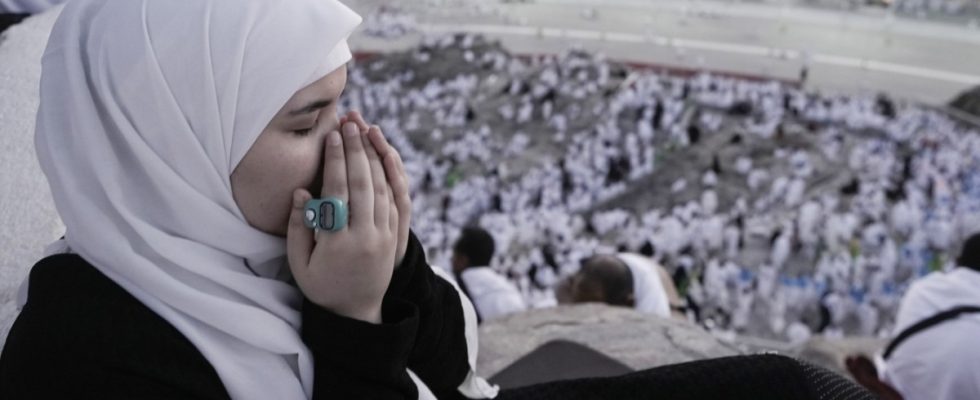It could be the biggest hajj in a long time: in 2020, only 1,000 chosen ones were allowed to go to Mecca because of the corona pandemic, in 2021 only a few tens of thousands from the kingdom itself and in 2022 Saudi Arabia angered many believers with an arbitrary lottery procedure. Well, this year everything should be better: The app “Nusuk” was presented at the beginning of the year, which according to the Saudi Arabian Hajj Ministry “enables applicants from 57 countries to travel smoothly and comfortably”.
However, the requirements include “mandatory vaccinations”, for example with Covid 19 vaccines approved in Saudi Arabia. However, nothing more is left of the past few years: This Hajj could even top pre-pandemic conditions. In 2019, 2.5 million people came for the pilgrimage. Of course, the evergreens also include stories of people who walked a very long way to Mecca. This year: the Pakistani student Usman Arshad, who took six months and 13 days to travel 5400 kilometers. What is so fascinating about Hajj? After all, it’s about 45 degrees in Mecca, people from all over the world come together.
There are complaints about a Saudiization of the pilgrimage
A call to the German-Swiss Islamic scholar Reinhard Schulze, the 70-year-old was a professor at the universities of Bamberg and Bern: A key aspect of the pilgrimage is that it offers an alternative to the highly politicized view of Islam. “Muslims can engage in their religion purely spiritually within a large ecumenical framework, free from attributions.” Although many complain that the pilgrimage is Saudiized, the political instrumentalization of the ruling house can still be ignored very well if one concentrates on the rituals of the Hajj, Schulze says from conversations.
Speaking of rituals. “The substantive nature of the Hajj is hardly discussed, but the Hajj is primarily about rituals that enable the believers to step out of this world. In the moment of prayer and supplication, the believers strive to physically experience the ritual purity .” Instead, in the West you mostly only see Muslims circling the Kaaba, the cube-shaped building of the Great Mosque. The Hajj consists of many rituals that take place in different places. Especially significant is the day before the Feast of Sacrifice – the day of Arafat. Arafat is about 20 kilometers from Mecca, where the “Mountain of Mercy” is about 60 meters high.
At the foot of the “Mountain of Mercy” fog dispensers were placed to cool the pilgrims.
(Photo: Amr Nabil/dpa)
The Prophet Ibrahim is said to have stayed here and the Prophet Mohammed to have held the well-known farewell sermon in the year 632. Believers spend the whole day here, praying together, listening to a sermon and saying supplications. The coming together of millions of people from all over the world is often compared to the day of resurrection. Many believers take this opportunity to rethink their lives so far and to become aware of their finitude. “Muslims tell me that experiencing the sunrise on Mount Arafat is overwhelming,” says Schulze. When the pilgrims return home, they are considered newborn. “For many Muslims, the Hajj is above all a transitional rite into a new, more conscious phase of life.”

